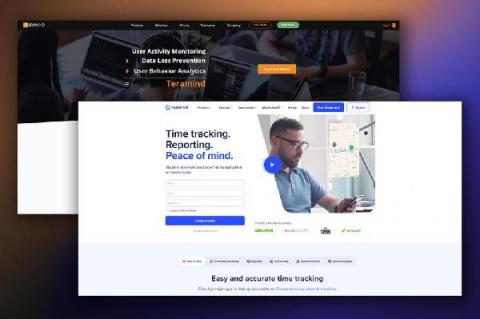The Remote HR Department: Best Practices to Manage Employees from a Distance
Not only are HR departments charged with developing and implementing pandemic safety protocols, onerous budget and personnel reductions, and the rapid transition to remote work, but they must also support a workforce that’s stressed out, less productive, and off-site. This problem predates the pandemic, but it’s taking on renewed importance as companies fight to thrive in an increasingly digital environment.




